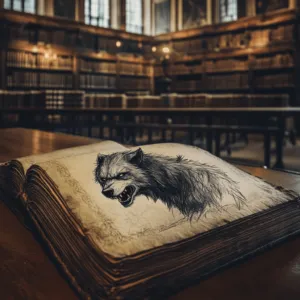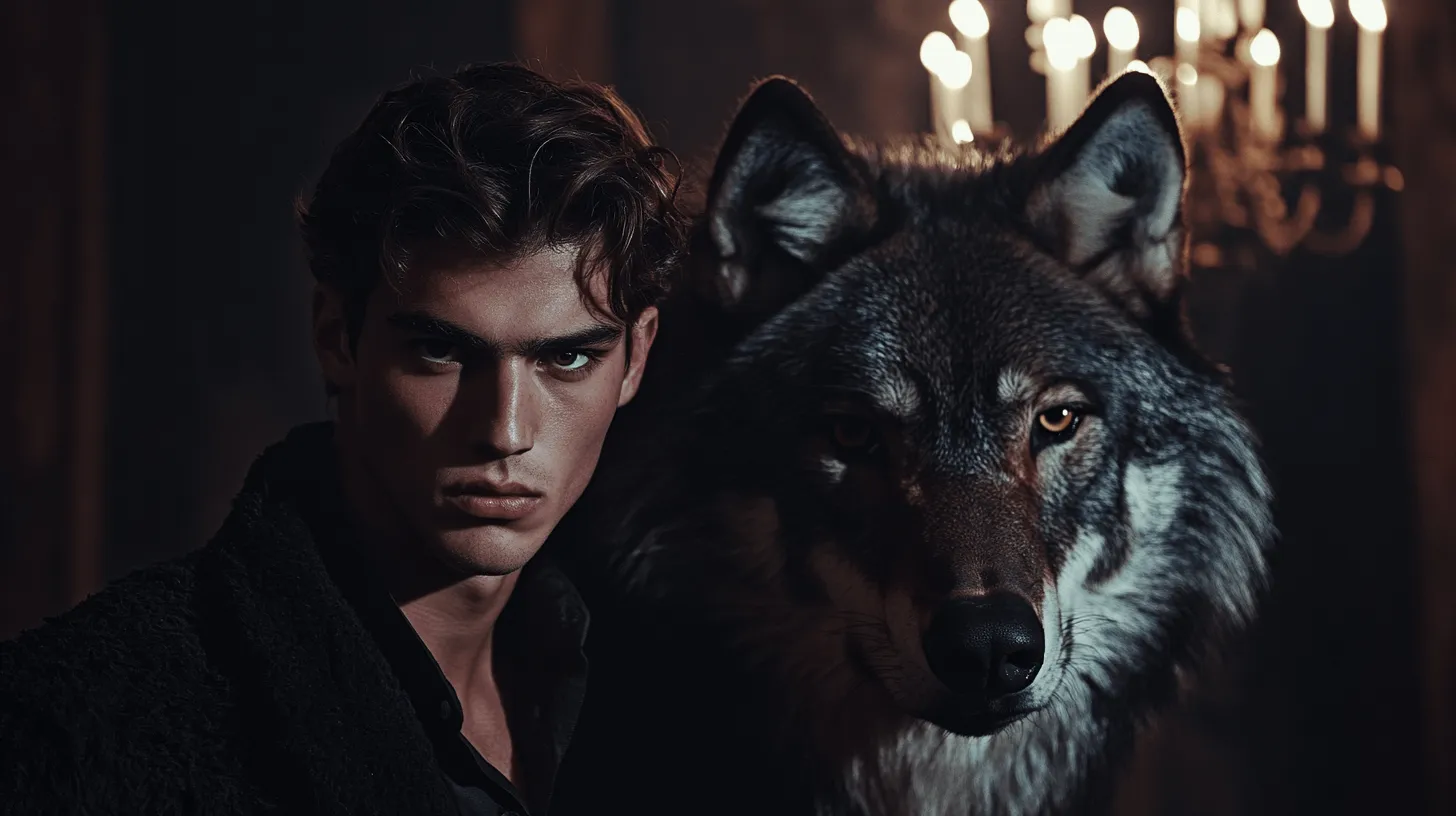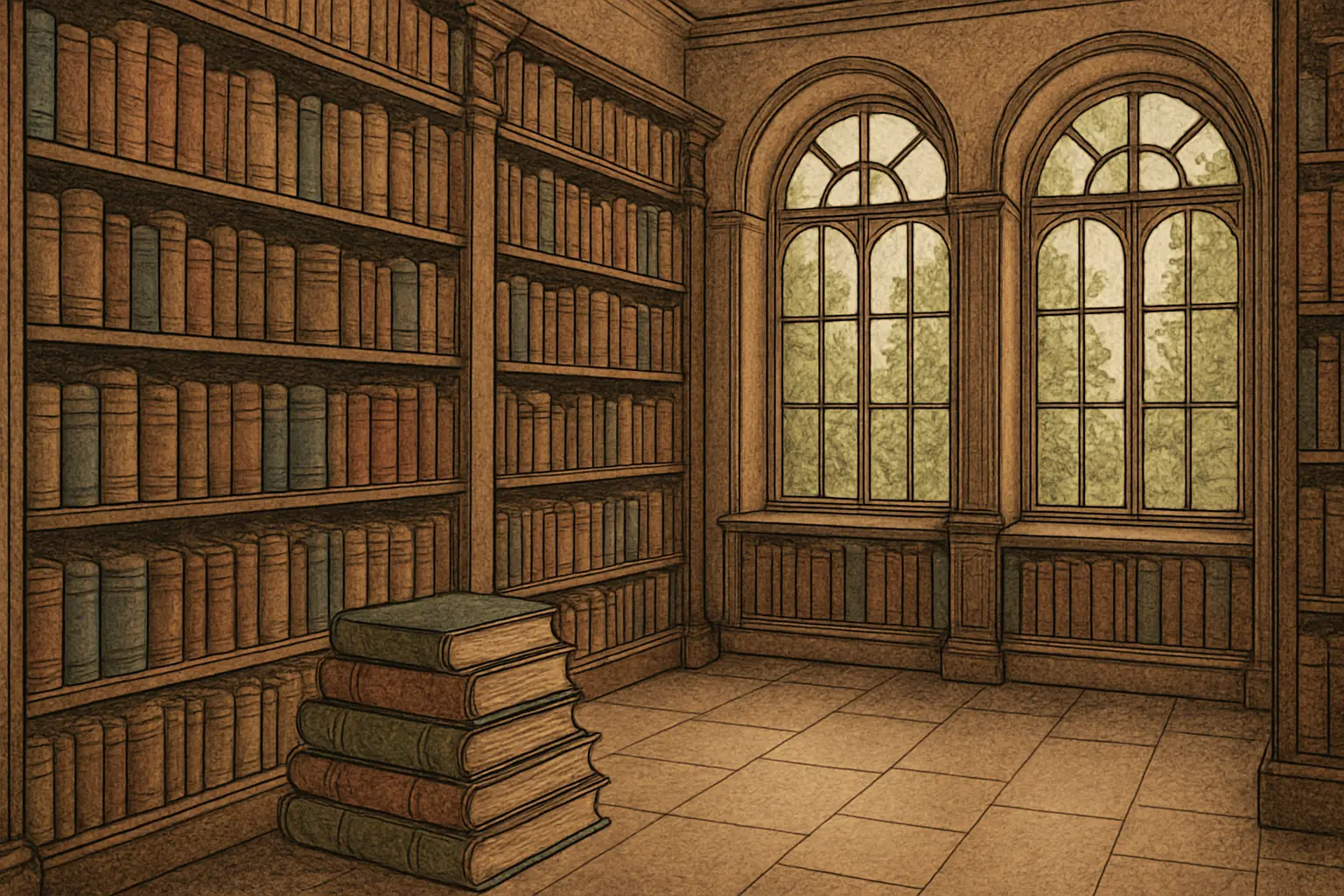Table of Contents
ToggleShapeshifters have always been fascinating characters, both in myth and in modern literature. These supernatural beings can transform from their human form into one or more animal forms—often tied to emotions, the phases of the moon, or specific magical conditions. In romance novels, shapeshifters are more than just beings that change shape. They bring depth, intrigue, and complexity to their romantic relationships, making them both captivating and unpredictable.
Shapeshifters and Their Deep Cultural Roots
Shapeshifters have appeared in stories for thousands of years, with each culture offering its own unique spin on these magical beings. These transformations go beyond mere physical change—they symbolize deeper themes, such as adaptability, deception, and personal growth. Let’s take a look at how shapeshifters have appeared in myths across the world and how they influence the romance genre today.
1. Mesopotamian Mythology: The First Shape-Shifters
In ancient Mesopotamian mythology, gods like Enki could transform their shapes, helping them escape danger or interact with mortals. This early depiction of shapeshifting shows how it was often used to explain the gods’ mysterious powers and their ability to influence human affairs.
2. Greek Mythology: The Trickster Gods
The Greeks gave us some of the most famous shapeshifters in mythology. Proteus, the Greek sea god, could change his shape at will, often to avoid capture. And Circe, the sorceress in The Odyssey, famously transformed men into pigs, highlighting the dual nature of shapeshifting as both a blessing and a curse.
3. Norse Mythology: Loki’s Mischief
Loki, the Norse trickster god, is probably one of the most well-known shapeshifters. He could transform into various creatures, from a mare to a fly, to get out of trouble or play pranks. His shapeshifting not only reflected his mischievous nature but also symbolized the unpredictable forces of chaos.
4. Native American Mythology: Coyote and the Spirit World
In Native American folklore, shapeshifters often had a deeper spiritual purpose. Coyote, for example, could transform into various animals to teach important lessons, guide people, or create trouble. His transformations are closely tied to nature and the spiritual world, reinforcing the belief that everything in life is interconnected.
5. Hindu Mythology: Vishnu’s Divine Forms
Hindu mythology is filled with gods who can take on multiple forms, most notably Vishnu, who is said to have ten avatars (known as the Dashavatara). These transformations were believed to restore cosmic balance, showing how shapeshifting can be a powerful tool in maintaining the order of the universe.
6. Celtic Mythology: Gods of War and Transformation
In Celtic tales, gods and heroes like the Morrigan could change shape to protect themselves or manipulate events. Morrigan, for example, transformed into a crow, symbolizing her association with fate and war. Her ability to shapeshift reinforced her role as a powerful, unpredictable force in the universe.
Shapeshifters in Romance Books: Complex Characters with Deep Bonds
In contemporary romance novels, shapeshifters add an exciting layer of complexity to the storyline, especially when it comes to their relationships. These characters are often torn between their human emotions and their animal instincts, which can create both tension and deep connection in their romantic arcs.
Famous Shapeshifter Romance Books on Galatea
Shapeshifter romance novels on platforms like Galatea have gained popularity due to their intense emotional depth and supernatural elements. Here are some top examples:
-
Kidnapped by My Mate (written by Annie Whipple)
This novel centers on Belle, who is unexpectedly thrust into the supernatural world when she meets Grayson, a possessive werewolf alpha. Their bond goes beyond attraction—Belle is his “mate,” and their connection is mystical and unavoidable. As the story unfolds, Belle wrestles with the complexity of being tied to Grayson in a world filled with danger, magic, and forbidden love. -
Alpha and Aurora (written by Delta Winters)
Rory, a human with the rare ability to resurrect, navigates a world where werewolves dominate. When she meets Alpha Everett, she discovers their deep, destined connection. However, being a human among werewolves isn’t easy, and Rory must prove her worth and fight against prejudice as she delves deeper into her powers and her relationship with Everett. -
Taken by the Alpha (written by Dzenisa Jas)
This book tells the story of Clarice, a young werewolf who is rejected and kidnapped by the Alpha King after a transformative shift. As Clarice struggles with rejection and the violent werewolf hierarchy, her complicated feelings for Cerberus, the Alpha King, add an intriguing layer of emotional complexity.
Popular Shapeshifter Myths from Around the World
Shapeshifters appear in various myths across the globe, each culture attributing different powers and symbolism to their transformations. Here are five well-known shapeshifter myths that have influenced modern romance fiction:
-
The Kitsune of Japan
Kitsune, magical foxes in Japanese folklore, can transform into beautiful women. The number of tails a Kitsune has indicates its power, with nine tails being the most revered. These shapeshifting foxes often appear in love stories, using their powers to trick or protect others, blurring the lines between the human and supernatural worlds. -
Skinwalkers of Navajo Mythology
In Navajo culture, Skinwalkers are witches who can transform into animals, usually through breaking cultural taboos. Unlike other shapeshifters, Skinwalkers are seen as malevolent, often using their powers to manipulate and harm others. This darker side of shapeshifting provides a compelling contrast to the more noble depictions of shapeshifters in romance books. -
Selkies from Scottish and Irish Folklore
Selkies are seal-like creatures in Scottish and Irish myths who can shed their skins to become human. However, if a human hides a Selkie’s skin, they can force the Selkie into marriage. This myth explores themes of freedom, captivity, and the longing for a return to one’s true nature—perfect for emotional romance arcs. -
Werewolves from European Folklore
Werewolves are one of the most iconic shapeshifters in folklore, often linked to curses or the full moon. In modern romance novels, werewolves are portrayed with a mix of tragedy and power, as they struggle with their animal instincts while forming deep, passionate connections with their mates. -
Jaguar Shamans from Mesoamerican Cultures
In ancient Maya and Aztec cultures, shamans claimed to have the ability to turn into jaguars. This transformation wasn’t just for physical prowess—it was a spiritual journey. The jaguar was a symbol of strength and protection, and its transformation represented a deep connection to the natural and supernatural worlds.
Common Themes in Shapeshifter Myths and Romance Novels

Shapeshifters in myths and romance novels are often more than just creatures who change form. They explore themes that resonate with readers on a deeper level, such as:
-
Transformation and Adaptability: Shapeshifting symbolizes the need for flexibility and the ability to face life’s challenges in new ways.
-
Deception and Trickery: Many shapeshifters use their powers to deceive, highlighting the importance of trust and the consequences of betrayal.
-
Identity and Self-Discovery: The act of changing forms often leads characters to question their true selves, making shapeshifters perfect symbols of personal growth.
-
Power and Control: Shapeshifting is a powerful ability that can be used for good or ill, reminding us that power comes with responsibility.
-
Freedom and Escape: Shapeshifting often represents the desire to break free from constraints, be they physical or societal.
-
Nature and the Supernatural: Shapeshifters blur the line between the human and natural worlds, showing the magical potential of the world around us.
Final Thoughts: Why Shapeshifters Remain Fascinating
Shapeshifters, with their ability to change form, remain some of the most intriguing characters in both mythology and romance literature. They tap into universal themes of transformation, identity, and the duality of human nature, making them powerful symbols in any love story. Whether in ancient myths or modern fantasy, shapeshifters offer an exciting glimpse into the magic and mystery of transformation. As we continue to explore their stories, we’re reminded of our own capacity for change and the complexities that come with it.
If you love stories filled with magic, mystery, and emotional depth, shapeshifter romances might be just the genre for you.





